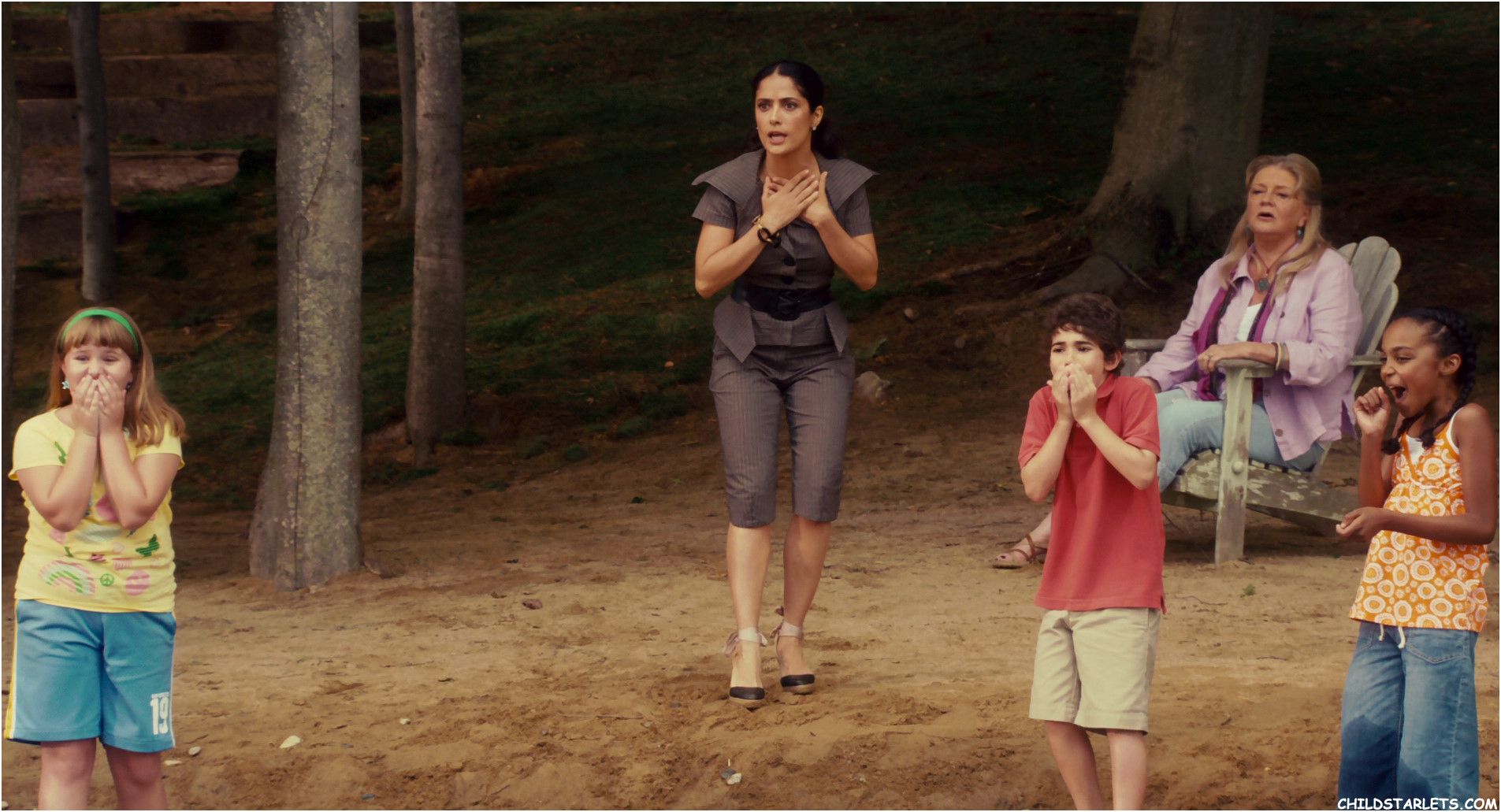Americans With Disabilities Act - A National Commitment
Imagine a place where everyone, truly everyone, has a fair chance to participate in daily life, to move about freely, and to pursue their dreams without unnecessary hurdles. This vision, you see, is something that has been carefully built into the fabric of our community through a very important set of rules. It is a guiding principle that helps make sure people who live with disabilities receive the same kind of consideration and respect as anyone else. This vital framework, in a way, stands as a promise, a pledge that fairness and equal standing are not just abstract ideas but real, tangible parts of our shared experience.
For a long time, there were many unseen barriers that made everyday living quite a struggle for some folks. Simple things, like getting to a building or securing a good job, could feel like an uphill climb, almost an impossible task. But then, a truly significant step was taken, a moment when our collective spirit said, "Enough is enough." This particular set of rules, you know, came into being to dismantle those hidden obstacles, to smooth out the path so that everyone could walk it with dignity. It really helps ensure that the fundamental freedoms we all cherish are indeed available to all, making sure no one is left behind just because of a difference in their physical or mental makeup.
This commitment to fairness is, in essence, a recognition that basic human entitlements, the kind that let you live a full and contributing life, belong to every single person. It is about seeing past any perceived limitations and instead focusing on the immense value and potential each individual brings to our shared spaces. From having a voice in how things are run, like casting a vote, to something as simple as finding a spot to park your car, this agreement is there to offer a shield for people, to help them navigate the world with greater ease and less worry. It truly represents a belief in the idea that everyone deserves a fair shot, a real opportunity to be part of everything that makes life rich and meaningful.
Table of Contents
- What Is The ADA Really About?
- How Does The ADA Offer Protection?
- Where Does This Protection Reach?
- Who Is Expected To Follow These Rules?
- How Does The ADA Connect To Our Broader Rights?
- What Kind of Support Comes From This Commitment?
- How Does This Commitment Look In Practice?
- Ensuring Fairness for Everyone
What Is The ADA Really About?
At its heart, this particular set of rules, known as the Americans with Disabilities Act, or ADA, is a promise of fairness. It is, you know, a civil rights law, meaning it is a very important agreement that looks out for people. Its main job is to put a stop to unfair treatment, the kind that might happen just because someone has a disability. This agreement, passed back in 1990, really makes a point of saying that every person, no matter their physical or mental abilities, deserves to be treated with respect and given equal chances in life. It is, in some respects, a foundational document that helps shape how we interact as a society, ensuring that basic freedoms are upheld for all.
The idea behind this agreement is quite simple, yet powerful: basic human entitlements, the kind that allow you to participate fully in community goings-on, are for everyone. It means that people who have disabilities should never be singled out unfairly. This piece of legislation, actually, came into being to make sure that people with different abilities are truly seen as having the same worth and the same right to live their lives without unnecessary burdens. It is a declaration, a very clear statement that says everyone should have the opportunity to join in, to contribute, and to thrive.
How Does The ADA Offer Protection?
So, how does this important agreement actually work to keep people safe from unfair treatment? Well, it sets out clear expectations for how individuals and groups should behave, making sure that people with disabilities are not held back. This law, you see, is all about making sure that folks are treated fairly in many different parts of their everyday community goings-on. It puts in place rules that say, for example, that it is not okay to treat someone differently just because they have a disability when it comes to things like finding a job, going to school, or simply getting around town. It is, in a way, a shield that helps people feel secure in their right to be part of everything.
This protection reaches into a lot of different corners of life, meaning it helps out in places you might not even think about at first. The aim is to build a world where everyone can participate without running into barriers that are put there by unfair attitudes or outdated ways of doing things. It is about creating an environment where a person's abilities, rather than any challenges they face, are what truly matter. This agreement, you know, really works to make sure that the path forward is a little smoother for everyone, allowing them to move through their days with a greater sense of ease and belonging.
Where Does This Protection Reach?
You might wonder just how far this important set of rules actually stretches. Well, it reaches into quite a few key areas of our shared spaces, making sure that fairness is present in many different parts of daily existence. Think about places like workplaces, where people spend a good portion of their time contributing their skills. This agreement, you know, helps make sure that job seekers and employees with disabilities receive a fair shake, that they are considered for roles based on what they can do, not on any perceived limitations. It is about opening doors and creating pathways for meaningful work, which is, in some respects, a very fundamental part of adult life.
Beyond the job world, this agreement also touches on places like schools, ensuring that learning environments are welcoming and accessible for all students. It means that young people with disabilities have the same chances to learn and grow alongside their peers, getting the support they need to succeed. And then there is transportation, which is, honestly, such a basic need for getting around. This set of rules helps make sure that buses, trains, and other ways of moving from place to place are set up so that everyone can use them, allowing for greater freedom and independence in getting where you need to go.
It also covers many public and private places, meaning businesses, shops, restaurants, and other spots that serve the public are expected to follow these guidelines. From the local grocery store to a favorite coffee shop, the idea is that these places should be open and welcoming to everyone, without barriers. This means thinking about things like ramps for wheelchairs, clear signs for those with vision challenges, and other ways to make sure everyone can get in and use the services provided. It is, basically, about making sure that the spaces we all share are truly for everyone, fostering a sense of inclusion in our daily lives.
Who Is Expected To Follow These Rules?
So, who exactly needs to pay attention to this agreement? The rules of the ADA apply to a good number of workplace leaders, those who hire and manage people. Specifically, it covers any business or organization that has fifteen or more employees. This includes both companies in the private sector and those run by the government, like state and local offices. It is, you know, a way to make sure that fairness in hiring and working conditions is a widespread practice, not just something that happens in a few places.
The agreement also extends its reach to groups that help people find jobs, often called employment agencies, and to organizations that represent workers, like labor groups. This means that everyone involved in the process of getting and keeping a job has a part to play in making sure that people with disabilities are treated fairly. It is about creating a level playing field across the board, from the moment someone looks for a job to their day-to-day work life. This broad coverage is, in a way, what gives the ADA its considerable reach and impact, ensuring that its protections are felt far and wide.
How Does This Commitment Look In Practice?
To give you a real sense of how this agreement works, consider an example like the City of Walnut. Following the guidelines set out in the Americans with Disabilities Act of 1990, especially what is asked for in Title II, and also Section 504 of the Rehabilitation Act of 1973, this city has made a clear promise. They have committed, you know, to not treat people unfairly. This means that when the city provides services, programs, or activities, they must be accessible to everyone, without singling out people with disabilities. It is a very tangible way that a community shows its dedication to fairness and equal access for all its residents.
This commitment means that city services, like parks, libraries, and public meetings, are set up in a way that allows people with disabilities to participate fully. It is about making sure that the things needed for a person to engage with their local government and community are truly there. This kind of action, you know, really brings the spirit of the ADA to life on a local level, showing how a national agreement can translate into practical changes that make a difference in people's daily lives. It is, in some respects, a blueprint for how communities can build more inclusive environments.
How Does The ADA Connect To Our Broader Rights?
The Americans with Disabilities Act of 1990, you see, is not something that just appeared out of nowhere. It actually took its shape from earlier landmark laws that put a stop to unfair treatment based on other factors. This means that the ADA sees and values the basic human entitlements of people with disabilities in the same way that earlier agreements recognized the fundamental freedoms of other groups. It is, in a way, a continuation of a larger story, a story about our society moving towards greater fairness and equal standing for everyone.
This agreement helps make sure that people with disabilities are recognized as having the same rights and opportunities as anyone else. It is a powerful statement that says being different in terms of ability should never be a reason for unfair treatment. By building on the ideas of previous agreements that fought against discrimination, the ADA reinforces the idea that fairness is a core value, a principle that should guide all our interactions. It is, basically, about extending the promise of equal treatment to a group of people who, for too long, faced many unfair obstacles.
What Kind of Support Comes From This Commitment?
The spirit of the ADA also gives heart to the work of many organizations, like the Office of Disability Employment Policy, often called ODEP. This group, you know, works to make sure that the goals of the ADA are put into action every day. They do this through a few different approaches, all aimed at helping both workers with disabilities and the workplace leaders who hire them. It is about making sure that the principles of fairness and access are not just words on paper, but living ideas that shape how people experience work.
One way they do this is by helping to develop rules and suggestions that make it easier for people with disabilities to find and keep jobs. They also reach out to communities and businesses, sharing information and helping people understand what the ADA means in practical terms. This outreach, you see, is a very important part of making sure everyone is on the same page. And they offer hands-on help, giving practical advice and support to both workers and those who hire, making sure that workplaces are welcoming and fair for everyone. This kind of ongoing support is, in some respects, what keeps the promise of the ADA alive and growing.
Ensuring Fairness for Everyone
The Americans with Disabilities Act truly looks out for people who live with disabilities, making sure they are not treated unfairly. It is a very clear statement that says basic human entitlements, the kind that let you live a full life, belong to everyone. From having a voice in how things are run, like casting a vote, to something as simple as finding a spot to park your car, this agreement is there to offer a shield for people, helping them move through their days with greater ease. It is, you know, a very fundamental piece of our shared community life, making sure that everyone has a fair shot at participating fully.
This law, you see, is all about making sure that folks are treated fairly in many different parts of their everyday community goings-on. It puts in place rules that say it is not okay to treat someone differently just because they have a disability when it comes to things like finding a job, going to school, getting around town, and being in many public and private places. It is about creating a world where people are valued for who they are and what they can do, rather than being held back by unfair barriers. This commitment is, basically, a cornerstone of a truly inclusive society, one where everyone has the opportunity to thrive.

Pictures of Ada-Nicole Sanger

Pictures of Ada-Nicole Sanger

Pictures of Ada-Nicole Sanger